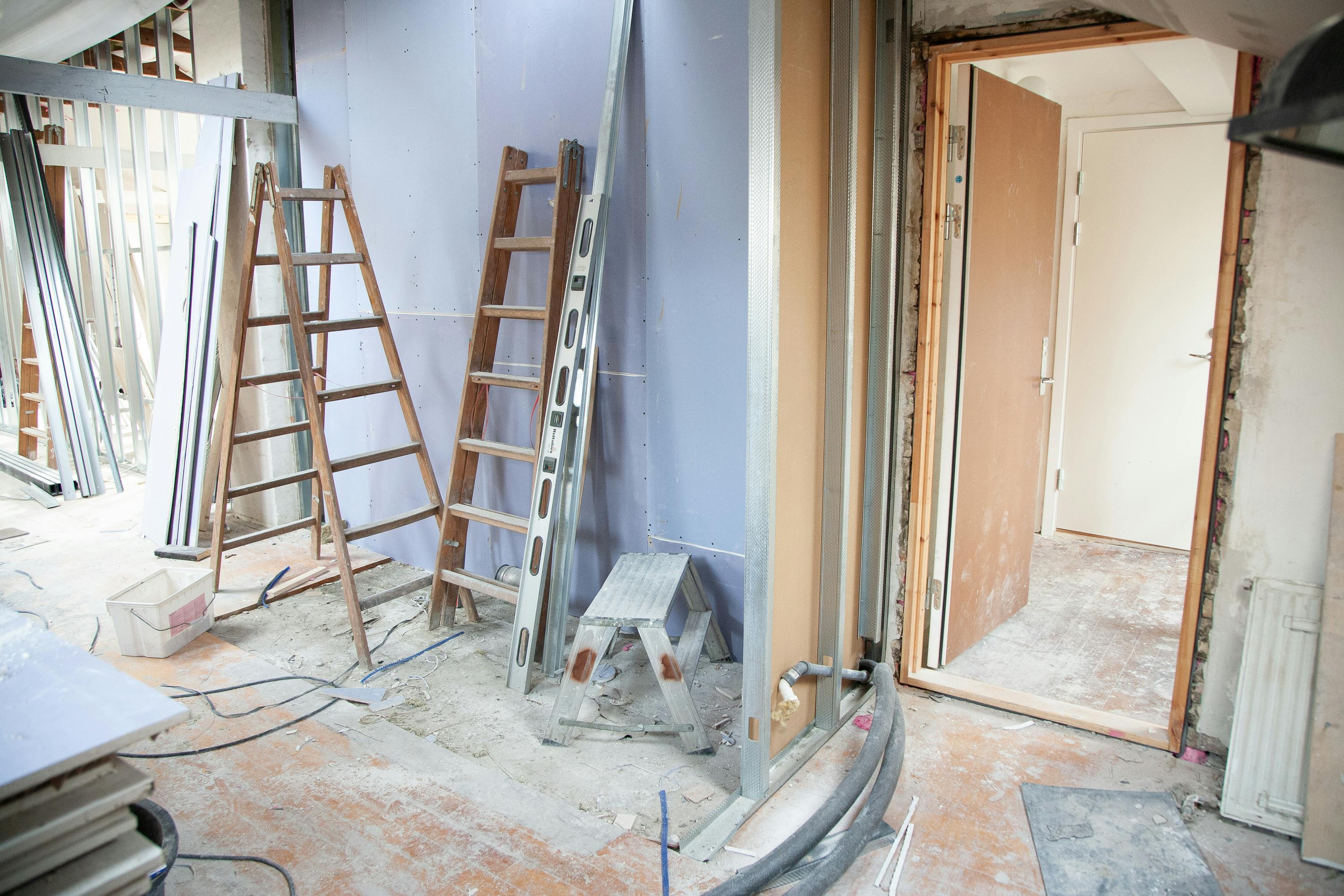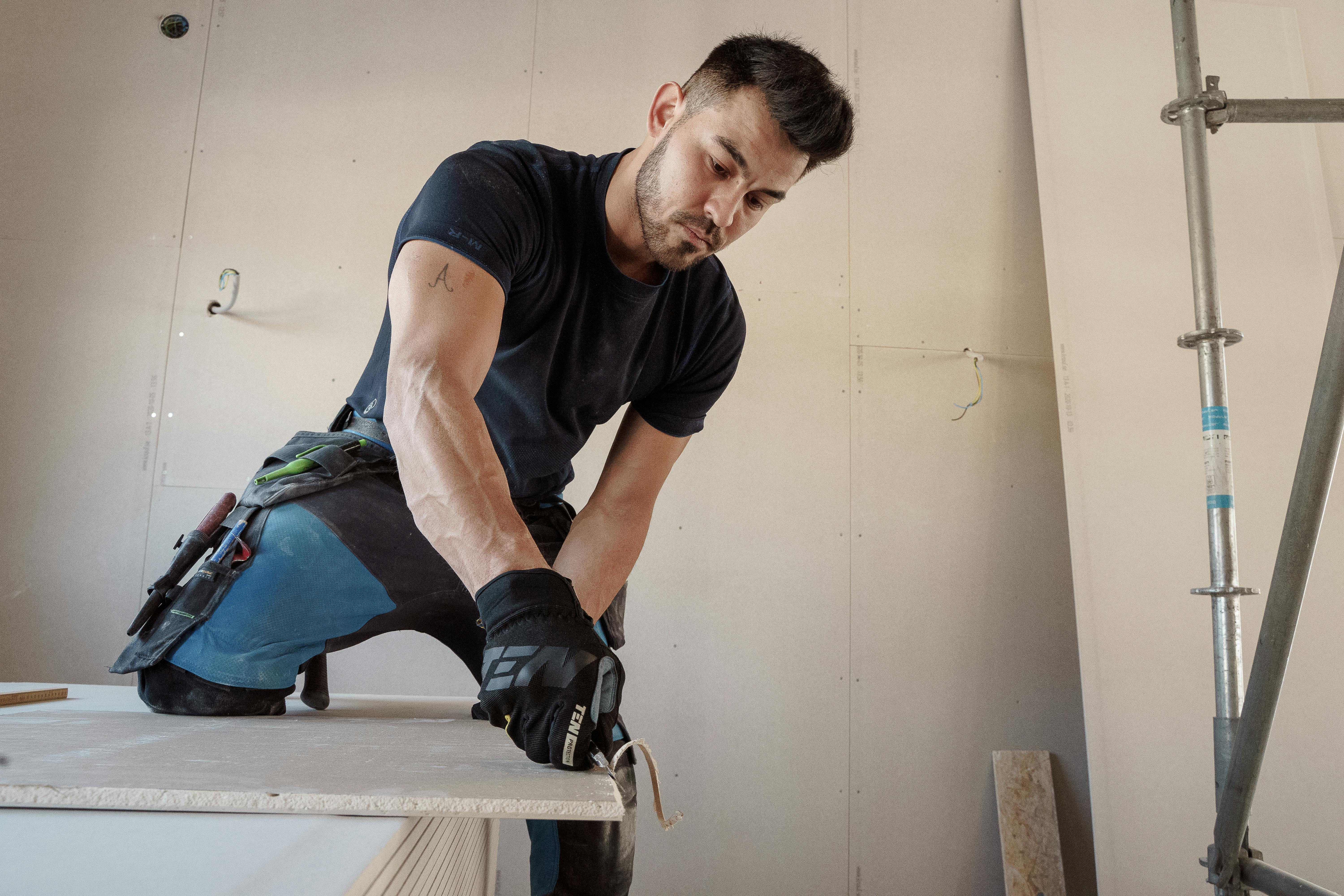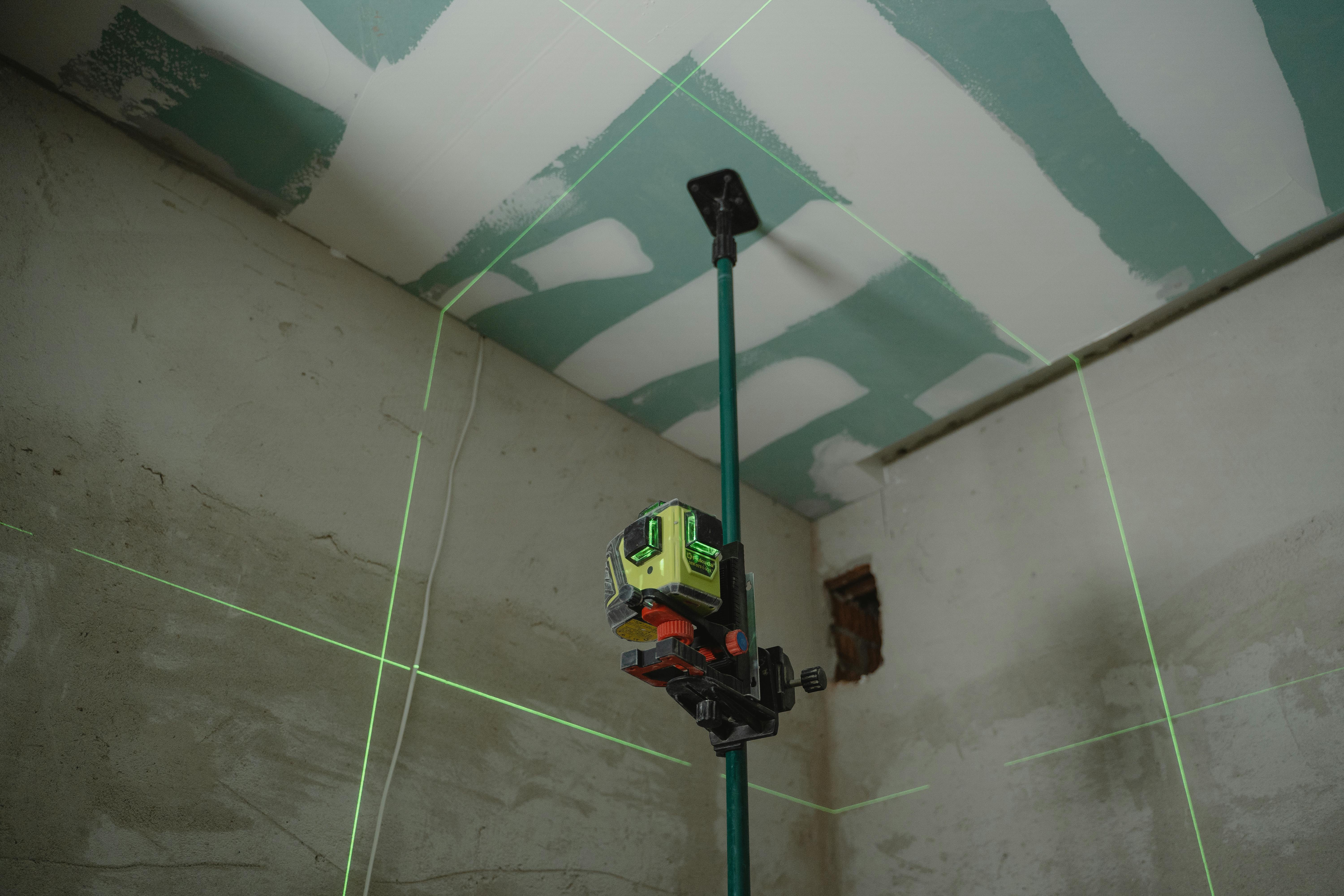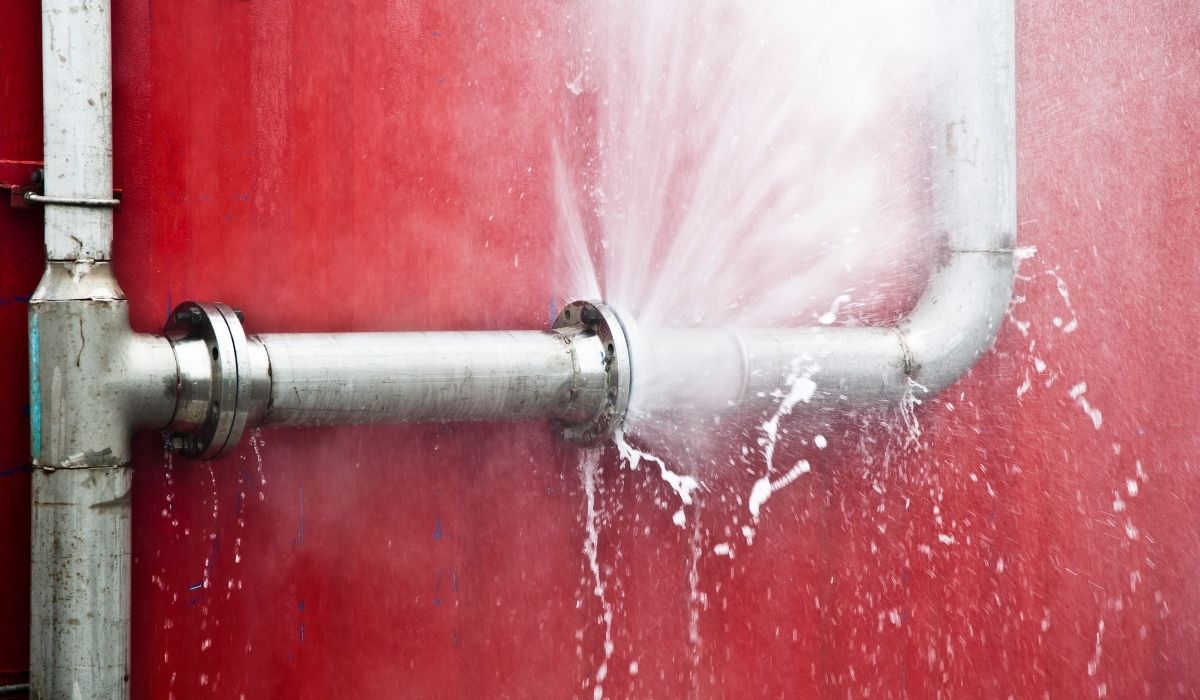Drywall Water Damage: Easy Guide for Fixing It Fast
Drywall is a common building material in homes. It’s used in walls and ceilings and helps make rooms look clean and smooth. But when water gets into your house, it can hurt your drywall. This is called drywall water damage, and it can lead to bigger problems like mold, mildew, bad smells, and even falling ceilings.
Let’s break down what drywall water damage is, what causes it, how to fix it, and how to stop it from happening again.
What Is Drywall Water Damage?
Drywall is made from gypsum covered with paper. When it gets wet, it can soak up water like a sponge. Over time, this makes the drywall soft, weak, and discolored. You might see a brown stain, bubbles, or even mold growth.
If the drywall is in your ceiling, you might notice ceiling water damage first. The drywall can sag or break apart if too much water sits on it.

What Causes Water to Damage Drywall?
Many things can cause water on drywall:
A leak from the roof or chimney after rain
Broken plumbing or pipe bursts
A dripping sink, shower, or toilet in a bathroom
Sewage or flood water in the basement
A broken washing machine or dishwasher in the kitchen
Leaky attic with poor drainage or insulation
Bad waterproofing in wet areas
A condensation problem in high humidity areas
Sometimes water comes fast, like in a flood, and sometimes it sneaks in slowly, like from a small roof leak. Either way, it damages your drywall and can hurt your whole home.
Signs of Drywall Water Damage
Here’s what to look for:
Brown or yellow stains on your ceiling or wall
Soft or sagging spots
Peeling paint or bubbling texture
Musty odor (smells like wet socks!)
Crumbling drywall or exposed joint compound
Black or green mold on the surface
Cracks or holes
Wet carpet, furniture, or nearby wood
If you have a moisture meter, you can test the wall or ceiling to see how much water is inside. If it’s high, the drywall is still wet.
Dangers of Wet Drywall
Wet drywall is more than just ugly. It can be unsafe:
Mold growth can make you sick.
Wet drywall can fall from the ceiling.
Bugs and bacteria love damp spaces.
Wet walls can damage nearby furniture, floor, or joist.
Water can spread to insulation, ducts, or even cause asbestos issues in older homes.
It can cause electrical risks behind the wall.
How to Fix Wet Drywall
1. Find and Stop the Water Source
Before fixing the wall, stop the water leak. It could be from the roof, a broken pipe, or poor drainage. Drying without stopping the leak won’t help.
2. Dry the Area
Use a dehumidifier, fans, or open windows to remove moisture. This helps stop mold from growing.
3. Remove Damaged Drywall
Use a utility knife to cut away the soft or moldy parts. Be careful not to cut wires or pipes. If the ceiling is sagging, remove the wet sheetrock ceiling safely.
4. Check for Mold
Look for black, green, or smelly spots. Use bleach or mold cleaner if the damage is small. For big mold problems, search for “mold and drywall repair near me.”
5. Replace Drywall
Patch the hole with new drywall or foam board. Use screws to attach it to the joist or studs. Cover seams with joint compound and tape, then sand it smooth.
6. Prime and Paint
Use a primer before painting so stains don’t show through. Then paint to match your wall or ceiling.

When to Call for Help
If you have:
A big leak
A flood or sewage issue
Smelly mold
Wet drywall in many rooms
Wet insulation, ducts, or asbestos
Insurance questions
Call a water damage restoration company. They offer emergency services and fix things fast. You can also check your insurance to see if it covers “drywall damaged by water” or “water damage fire.”
Search for local pros using your zip code and phrases like “drywall mold repair” or “wet sheetrock repair.”
How to Prevent Drywall Water Damage
Check your roof and chimney for leaks after rain.
Fix any dripping sink, toilet, or shower fast.
Use a dehumidifier in basements and attics.
Check your plumbing for condensation or cracks.
Keep furniture and carpet dry.
Seal walls in bathrooms and kitchens with caulk.
Use waterproofing paint in wet areas.
Clean your gutters and improve drainage outside.
Using Insurance for Drywall Water Damage
Home insurance may help if:
A sudden pipe breaks
A roof leak causes damage after a storm
A flood or sewage backup ruins the drywall
But it may not cover slow leaks or mold from poor upkeep. Always take photos of the damage and write down what happened. Call your insurance company quickly.
Common Materials in Repair
Drywall or sheetrock
Joint compound
Fiberglass tape
Caulk
Utility knife
Screw and drill
Primer and paint
Dehumidifier
Moisture meter
Dust mask and gloves
Using the right tools helps keep you safe and makes the repair last longer.

FAQs
1. Can I fix drywall water damage myself?
Yes, if it’s a small area and there’s no mold. You’ll need to cut out the damaged drywall, dry the area, and patch it.
2. How do I know if drywall is too damaged to keep?
If it’s soft, smells bad, or has mold, it’s best to remove it. A moisture meter can also tell if it’s still wet.
3. Will my insurance pay for drywall water damage?
Maybe. Insurance often covers sudden leaks, but not old problems. Take photos and call your provider.
4. Is drywall mold dangerous?
Yes. Mold can cause breathing problems. Always clean it safely or call a pro for big areas.
5. How long does it take to dry wet drywall?
It depends on the moisture level, but using fans and a dehumidifier can speed it up. Most drywall takes 24–72 hours to dry.
Drywall water damage is common but fixable. Whether the problem is from a leak, flood, or bathroom mishap, the most important steps are drying it out, removing the damaged parts, and stopping future water problems.
If you’re not sure where to start or need fast help, contact a local water damage restoration team. They’ll help protect your home, your furniture, and your family’s health.
Visit your nearby local emergency responder or contact us today for more information.
Table of Contents
EXCELLENTVerified A straight up honest broker who knows his stuff. Excellent communication and very helpful problem solving our mold issuePosted onVerified Giving Eric a 5-star review, and we haven't even started any work yet. He came to gave us his professional opinion and quote to address a mold issue in our house. He is clearly very knowledgeable. His opinion was wildly different than the previous estimate we received, from an agency that wanted to charge us about 4 times as much. He did a much more thorough assessment, and explained his reasoning for why he felt that our issue wasn't as extreme as the previous agency. He even gave us some suggestions as to how we could address our issue on our own, if need be. He doesn't appear "out to get you"... there are a lot of companies that work off the "mold is gold" motto, but he doesn't seem to be one of them. If we end up going with him for the job, we'll update the review... but, I was just so happy and relieved with his approach, estimate, knowledge, and his overall professionalism. Glad there are still people like this out there!Posted onVerified Eric and his team were prompt and professional. From diagnosis through cleanup they were very thorough.Posted onVerified Above and beyond expectations. Eric and his team were not only helpful, kind, and relatable to our issues, they were extremely professional and reliable. Always answered our calls. Showed up on time with great attitudes. Respected our home. Most importantly, got the job done in a fast and timely manner. Can't recommend enough.Posted onVerified We had a leak under the kitchen sink and called another company first. We were told there is mold and they would have to tent the area to remove it and that we'd also need a whole new cabinet. Of course, it was pretty expensive and they said we couldn't use the kitchen for a couple weeks. Feeling it's always wise to get more than one estimate, I called Preferred Restoration as they had excellent reviews. Eric replied promptly and came out to look things over. He felt the mold wasn't bad enough to require a tent and also felt a whole new cabinet was not required. Needless to say, we accepted his estimate immediately and the work was done in a professional manner. (They don't do the carpentry work, but can make a recommendation.) I highly recommend Preferred Restoration. I believe it's an honest company with skilled professionals.Posted onVerified Eric the owner was great to work and keep me informed the entire time that the moisture was being removed from my home. Highly recommend Eric and his team for any job!Posted onVerified Right from the start I knew I was going to be in good hands with this company. The response time was super quick and getting Eric to come out to my home to assess the situation was quicker than expected. Eric was very knowledgeable and answered all my questions thoroughly. He took his time to listen to all my concerns to carefully address the issues in my home. He made a stressful situation feel less stressful and manageable. I definitely recommend this company and will contact Eric if needed in the future. Thanks again Eric!Posted onVerified We discovered a mold issue in one of our bedrooms and reached out to Preferred Restoration Services for guidance. Eric was extremely helpful in helping us navigate what needed to be done since we had no experience with this type of issue. He shepherded us through the process and helped us understand every step that needed to be performed. He referred us to a couple of contractors which we used for plumbing and testing and they were also excellent. This was helpful so that we didn't have to figure out who else we needed to work with and vet them as well. Everyone from Preferred Restoration Services was very professional, communication was excellent, and customer service was outstanding. We had a lot of questions and they were all answered very quickly. I highly recommend Preferred Restoration Services for any damage restoration needs.Posted onVerified Preferred Restoration is the best service in town! If you want quality, fair pricing & guidance, call Preferred Restoration! Ask for Eric, he is very helpful and quick.Posted onVerified We had an issue with a sewer line that leaked and potentially needed some soil remediation under the house. I gave Eric a call and made an appointment for the next day for him to come out and assess the situation. Throughout the process his communication was great and he was on time (even gave me a call to let me know he was on his way). He went above an beyond to even check inside the house for potential water damage/mold. We did not have to move forward with any remediation. I appreciate Eric's communication, thoroughness, and HONESTY. We will keep his contact if we need any work in the future. I highly recommend Eric and Preferred Restoration!



